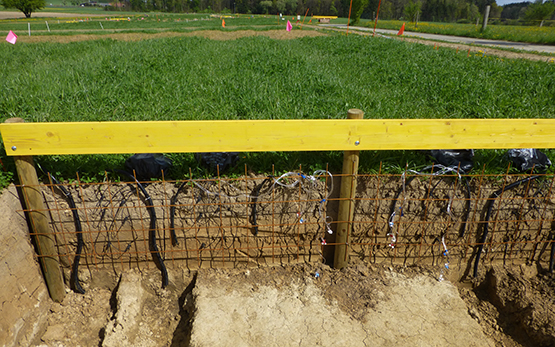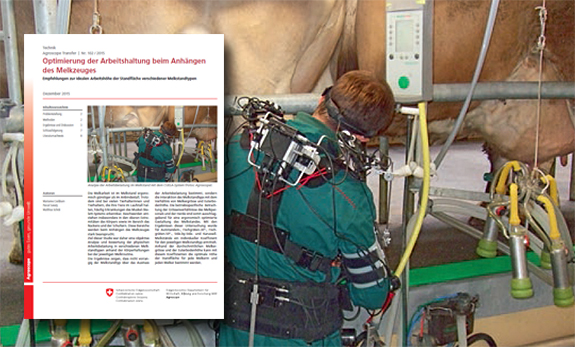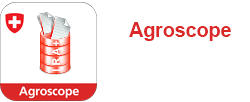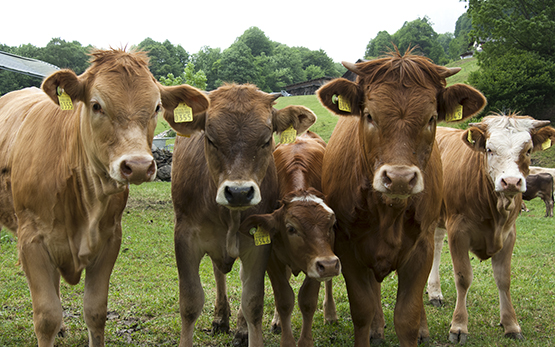Kölliker R., Wichmann F., Vorhölter F.-J., Conradin C., Reinhard S., Boller B., Widmer F.
Bakterienwelke – eine rätselhafte Krankheit von Futtergräsern.
Agrarforschung Schweiz, 4, (1), 2013, 32-39.
weitere Sprachen:
französisch
Last L., Dennis P., Kölliker R.
Indicators for crop and livestock genetic diversity.
ART-Schriftenreihe, 17, 2012, 65-69.
Schneider S., Widmer F., Jacot Ammann K., Kölliker R., Enkerli J.
Spatial distribution of Metarhizium clade 1 in agricultural landscapes with arable land and different semi-natural habitats.
Applied Soil Ecology, 52, 2012, 20-28.
Walter A., Studer B., Kölliker R.
Advanced phenotyping offers opportunities for improved breeding of forage and turf species.
Annals of Botany, online: February 23, 2012, 1-9.
Amini F., Mirlohi A., Majidi M. M., ShojaieFar S., Kölliker R.
Improved polycross breeding of tall fescue through marker-based parental selection.
Plant Breeding, 130, (6), 2011, 701-707.
Bartoš, J., Rød Sandve, S., Kölliker R., Kopecký, D., Christelová, P., Stočes, S., Ostrem, L., Larsen, A., Kilian, A., Rognli, O.-A., Doležel, J.
Genetic mapping of DArT markers in the Festuca-Lolium complex and their use in freezing tolerance association analysis.
Theoretical and Applied Genetics, 122, 2011, 1133-1147.
Dennis, P., Herzog F., Jeanneret P., Arndorfer, M., Bogers, M., Bunce, R. G. H., Bailey D., Choisis, J.-P., Choisis, N., Cuming, D., Ehrmann, O., Fjellstad, W., Franck, T., Fraser, M. D., Friedel, J. und weitere
Selection and field validation of candidate biodiversity indicators, including field manual. Handbook for testing candidate indicators of organic/low-input farming and biodiversity.
2010.
Wolfrum, S., Kainz, M., Arndorfer, M., Bogers, M., Bunce, R. G. H., Dennis, P., Dyman, T. N., Garchi, S., Geijzendorffer, I., Gomiero, T., Herzog F., Jeanneret P., Jongman, R. H. G., Kölliker R., Moreno, G. und weitere
Report on the potential applicability of BioBio indicators beyond Europe – exemplified for three ICPC case study regions (Ukraine, Tunisia and Uganda). Munich, Deliverable 2.3 of the EU FP7 Project BioBio.
2010.
Wichmann F., Müller Hug, B., Widmer F., Boller B., Studer, B., Kölliker R.
Phenotypic and molecular genetic characterization indicate no major race-specific interactions between Xanthomonas translucens pv. graminis and Lolium multiflorum.
Plant Pathology, online, (11 october 2010), 2010, 1-11.
Wichmann F., Asp, T., Widmer F., Kölliker R.
Transcriptional responses of Italian ryegrass during interaction with Xanthomonas translucens pv. graminis reveal novel candidate genes for bacterial wilt resistance.
Theoretical and Applied Genetics, online, (26 October 2010), 2010, 1-13.
Studer, B., Kölliker R., Muylle, H., Asp, T., Frei, U., Roldan-Ruiz, I., Barre, P., Tomaszewski, C., Meally, H., Barth, S., Skot, L., Armstead, I., Dolstra, O., Lubberstedt, T.
EST-derived SSR markers used as anchor loci for the construction of a consensus linkage map in ryegrass (Lolium spp.).
BMC Plant Biology, 10, 2010, 177.
Boller B., Schubiger F., Kölliker R.
Red clover.
In: Fodder Crops and Amenity Grasses. Handbook of plant breeding. . Vol. 5, Hrsg. Beat Boller, Ulrich K. Posselt, Fabio Veronesi, Springer Science. 2010, 439-455.
Kölliker R., Rosellini, D., Wang, Z.-Y.
Development and application of biotechnological and molecular genetic tools.
In: Fodder Crops and Amenity Grasses. Handbook of plant breeding, Vol. 5, . 1st Edition, Hrsg. Beat Boller, Ulrich K. Posselt, Fabio Veronesi, Springer Science. 2010, 89-113.
Kessler W., Boller B., Kölliker R., Günter, S., Tresch, E.
Bewertung der in situ und ex situ Erhaltung von Wiesenschwingel-Ökotypen: Zwischenbericht Projekt NAP 03-04, 2008.
2009.
Kopecky, D., Bartos, J., Lukaszewski, A., Baird, J., Cernoch, V., Kölliker R., Rognli, O., Blois, H., Caig, V., Lubberstedt, T., Studer, B., Shaw, P., Dolezel, J., Kilian, A.
Development and mapping of DArT markers within the Festuca - Lolium complex.
BMC Genomics, 10, 2009, 473-484.
Dennis, P., Arndorfer, M., Balázs, K., Bailey D., Boller B., Bunce, R. G. H., Centeri, C., Corporaal, A., Cuming, D., Deconchat, M., Dramstad, W., Elyakime, B., Falusi, E., Fjellstad, W., Fraser, M. D. und weitere
Conceptual foundations for biodiversity indicator selection for organic and low-input farming systems: Deliverable 2.1 .
2009.
Oulevey, C., Widmer F., Kölliker R., Enkerli J.
An optimized microsatellite marker set for detection of Metarhizium anisopliae genotype diversity on field and regional scales.
Mycological Research, 113, 2009, 1016-1024.
Sachiko Isobe, Roland Kölliker, Hiroshi Hisano, Shigemi Sasamoto, Tshyuko Wada, Irina Klimenko, Jenji Okumura, Satoshi Tabata
Construction of a consensus linkage map for red clover (Trifolium pratense L.).
BMC Plant Biology, 9, (57), 2009, 1-16.
Roland Kölliker, Madlaina Schmid-Peter, Mahdi Majidi, Beat Boller, Farnco Widmer
Genetic diversity in maedow fescue and Italian ryegrass.
Bulletin SGPW-SSA, 22, 2009, 19-0.
Fabienne Wichmann, Torben Asp, Farnco Widmer, Beat keller, Roland Kölliker
Identification of differentially expressed genes in Lolium multiflorum upon Xanthomonas translucens pv. Graminis infection.
Bulletin SGPW-SSA, 22, 2009, 17-0.









